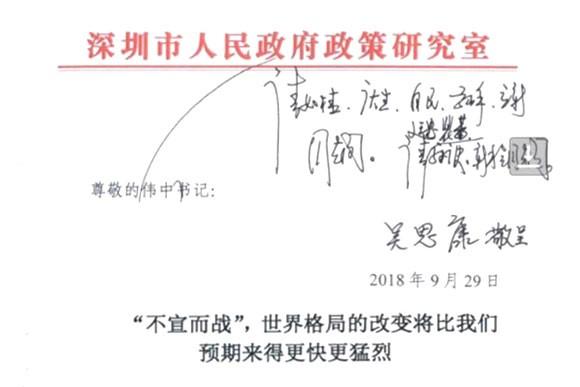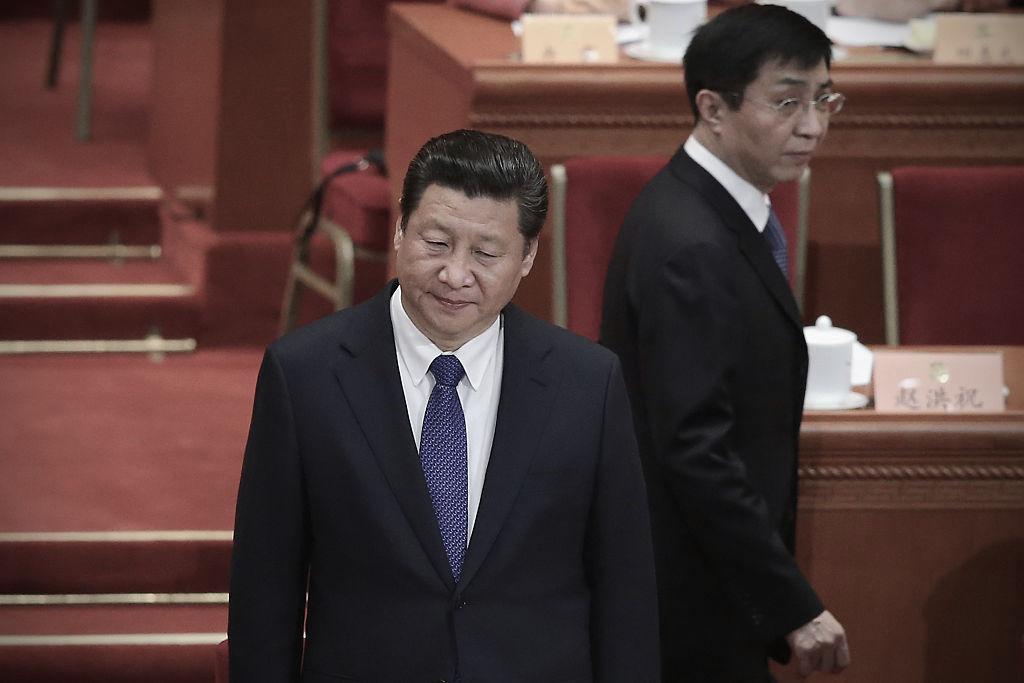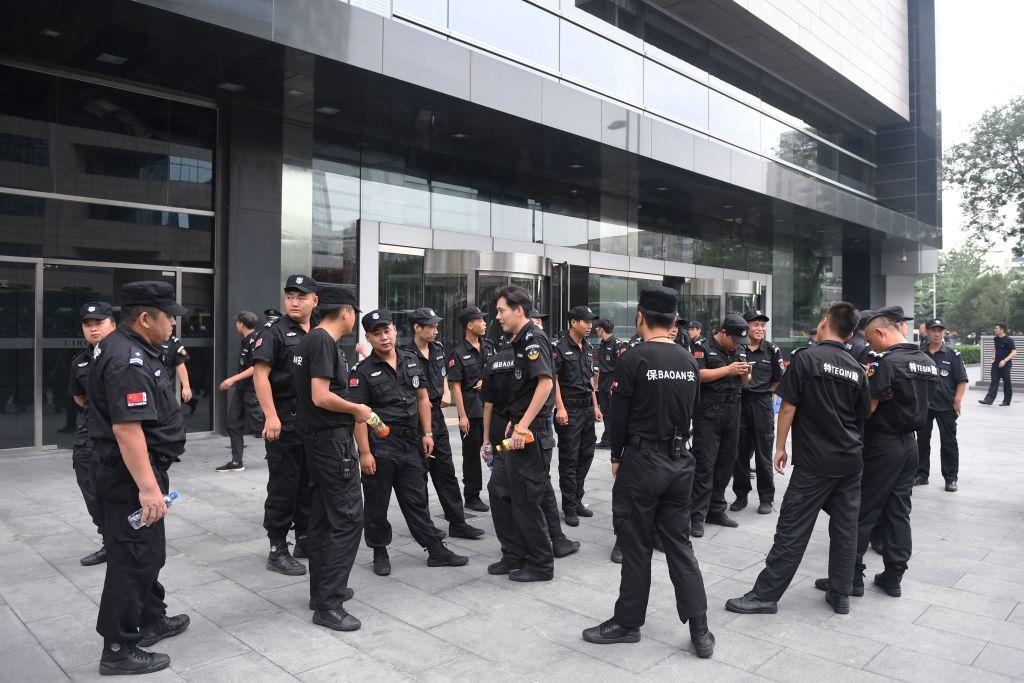In the narrow “window” that remains before China is completely blocked by the United States from importing key technology, Beijing should use “unrestricted” and “supernormal” means, including “more precise, better concealed, and special ways,” to expedite the process of acquiring overseas talent and cutting-edge equipment, according to a leaked internal Chinese government document.
The 12-page proposal, titled “An Undeclared War: The Change of the Landscape of the World Will be Faster and More Dramatic Than We Have Expected,” is in two parts. The first part gives a detailed overview of the undeclared “New Cold War” between the United States and China, while the second part lists six recommendations of what China should do to get an upper hand in the fight.




